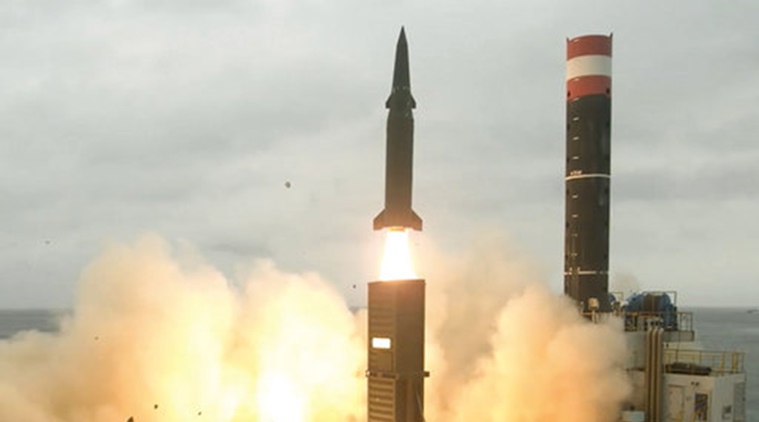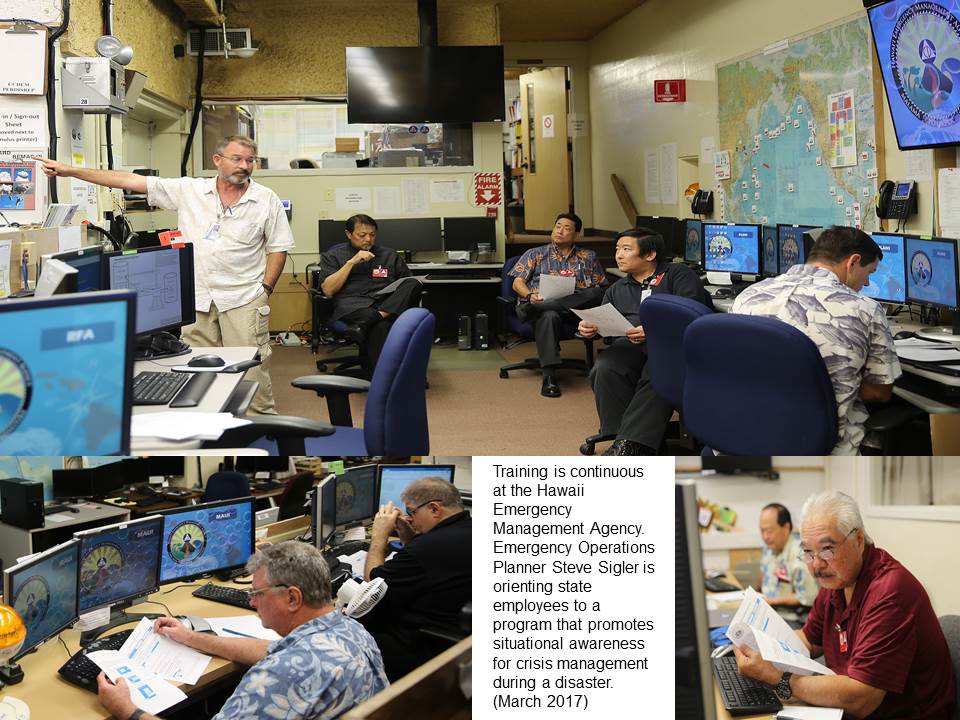TOKYO/WASHINGTON (Reuters) – Japan has detected radio signals suggesting North Korea may be preparing for another ballistic missile launch, although such signals are not unusual and satellite images did not show fresh activity, a Japanese government source said on Tuesday.
After firing missiles at a pace of about two or three a month since April, North Korean missile launches paused in September, after Pyongyang fired a rocket that passed over Japan’s northern Hokkaido island.
“This is not enough to determine (if a launch is likely soon),” the source told Reuters.
Japan’s Kyodo news agency reported late on Monday that the Japanese government was on alert after catching such radio signals, suggesting a launch could come in a few days. The report also said the signals might be related to winter military training by the North Korean military.
South Korea’s Yonhap news agency, citing a South Korean government source, also reported that intelligence officials of the United States, South Korea and Japan had recently detected signs of a possible missile launch and have been on higher alert.
Hawaii reinstates Cold War-era nuclear attack warning signal amid North Korea tension
Hawaii is reinstating a statewide nuclear attack warning signal in December to prepare for a potential attack from North Korea.
The alarm, which has not been used since the Cold War, will be reinstated on Dec. 1 as part of a ballistic missile preparedness program, according to the Hawaii Emergency Management Agency (HI-EMA).
The agency instructed residents to immediately “Get inside, stay inside and stay tuned” if they hear the siren. Alerts will be sent to resident’s phones and broadcast on television and radio. “When [HI-EMA] started this campaign, there were concerns we would scare the public. What we are putting out is information based on the best science that we have on what would happen if that weapon hit Honolulu or the assumed targets,” said HI-EMA Administrator Vern Miyagi during an emergency preparedness presentation.
Since officials would have only 15 minutes or less of warning time before a North Korean missile’s impact, Hawaii residents are advised to have a designated place to go for shelter. “There will be no time to call our loved ones, pick up our kids and find a designated shelter. We should all prepare and exercise a plan ahead of time so we can take some comfort in knowing what our loved ones are doing,” said Miyagi in an interview with The Honolulu Star Advertiser.
Although the U.S. has conducted successful missile interception tests, there is no guarantee that the Navy would detect and intercept a target, the HI-EMA warns.
An HI-EMA fact sheet explains that, based on the estimated yield of North Korean missiles, there could be anywhere from 50,000 to 120,000 burn casualties and nearly 18,000 fatalities if an attack occurs.
After an attack, residents would have to stay sheltered in place until the HI-EMA has fully assessed the radiation and fallout, which could take a few hours or as long as 14 days, the agency says on its website.
State officials have been holding town halls to answer questions from residents.


